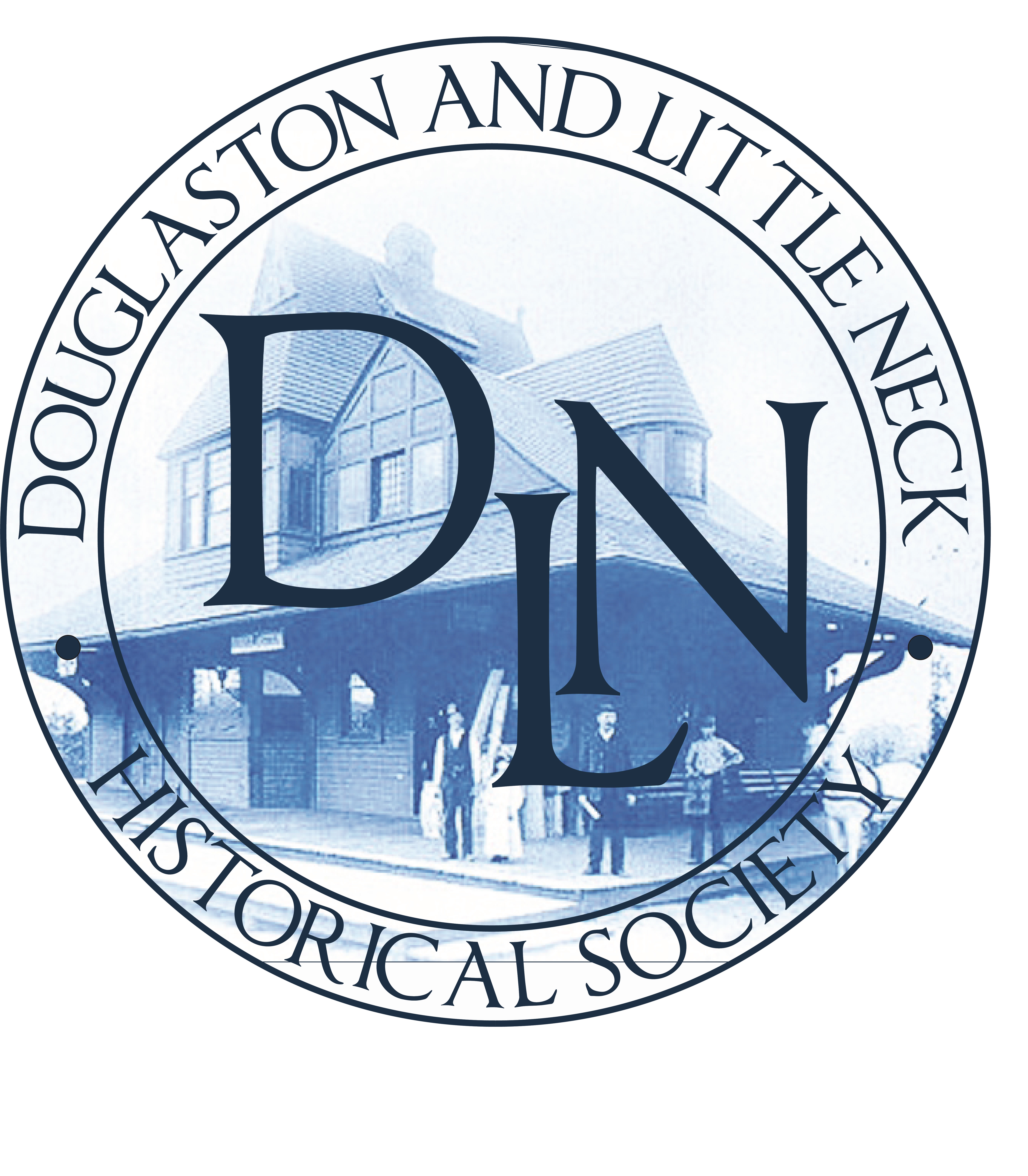NY Times
September 21, 2012
By SARAH HARRISON SMITH
As the train from Pennsylvania Station approaches Douglaston, Queens, the cityscape abruptly gives way to grassy wetlands and wandering tidal creeks. To the north is the blue expanse of Little Neck Bay. To the east, the Douglaston Peninsula. It was once farmed by the Matinecoc Indians, settled by the Dutch and developed into a residential community in the early 20th century. Salt marshes dominated the shoreline until 1906; today, Shore Road winds past picturesque houses and gardens and a cooperatively run beach, pier and playing field.
THE DOUGLAS MANOR historic district unfolds across the mile-long peninsula. Planned development and deed restrictions mean that houses there are set back at least 20 feet from the road, but there was no effort to set a consistent architectural style. So an Arts and Crafts house (there are several here designed by Gustav Stickley) may stand next to an Italianate villa, like 231 Beverly Road, designed by Diego de Suarez in 1922, or near a rambling, slate-roofed, English cottage with a view, like 22 West Drive, built by Frank J. Forster in 1936.
THE SHORELINE and its amenities are owned by the Douglas Manor Association. But there is open land to explore in the parks nearby, and on Oct. 13 and 14 the Douglaston Historic District will offer house and neighborhood tours. Those striking out on their own might want to provision themselves on the small commercial strip near the train station. You can rent bicycles at Peak Mountain Bike on 235th Street ($10 an hour); Ceriello Fine Foods, an Italian specialty store and deli, could provide a picnic.
ZION EPISCOPAL CHURCH stands slightly to the south of the train station. The land was a gift from Wynant Van Zandt, a New York alderman and merchant who bought a Dutch farmstead on the peninsula in 1819 and built his family a grand home, now the four-columned Douglaston Club. Among the gravestones of early residents of Douglaston and Little Neck (the town’s next-door neighbor) are memorials to Civil War veterans and the eccentric poet Bloodgood Haviland Cutter. A rough-edged rectangular monument in the northeast corner of the yard appears to have been cleaved in two by a tree trunk. It is inscribed, misleadingly, “Here rest the last of the Matinecoc.” The mass grave contains remains originally buried in Little Neck and moved here despite strong objections from surviving tribe members.
OLD AND BEAUTIFUL TREES are everywhere in Douglaston. Subsequent 19th-century residents — George Douglas, who bought the Van Zandt parcel, and Samuel Parsons, the owner of a successful plant nursery — propagated exotic species on their estates. Alley Pond Park, which preserves wetlands along its creek, boasts native tulip trees that are centuries old; the train station has a weeping beech that probably dates from the 1880s; and the curving streets of Douglas Manor are overarched with high boughs. No wonder Douglaston is popular among film location scouts. With a cleverly framed shot, you could believe yourself to be in any number of beautiful places — including, perhaps, in Queens.
